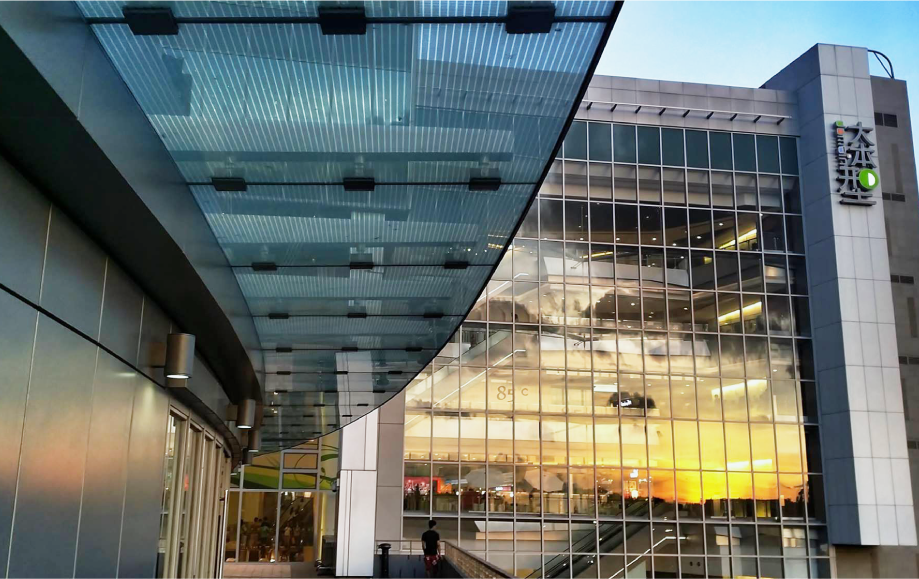As guided by the mission to address local housing needs, the HA plans, designs, manages and maintains public housing for low to middle-income families in Hong Kong. We strive to offer public rental housing (PRH) to low-income families at affordable rents and provide subsidised sales flats (SSFs) to low- to middle-income families via different subsidised home ownership schemes.
HOS flats serve as the first step for home ownership for some lower to middle-income families. It also provides an avenue for better-off PRH tenants to buy their own homes, thereby releasing their PRH flats for allocation to those in more pressing needs. The selling prices of HOS flats are determined by applying a discount to the market value, relating to the affordability of the eligible households within the HOS income limit.
GSH was regularised in 2018 to provide an additional avenue for Green Form (GF) applicants1 to achieve home ownership. Suitable PRH developments under construction are identified for sale to GF applicants, with discount rate set at 10 per cent higher than that determined for the preceding HOS sale exercise. This scheme helps address the home ownership aspirations of GF applicants while releasing more flats for PRH applicants with more pressing needs.
WSM was regularised in 2017 to allow eligible White Form (WF) applicants1 to purchase SSFs with premium unpaid in the Secondary Market, which helps address the home ownership aspirations of low- to middle-income families.
1 For Eligibility Criteria of Green Form and White Form applicants, please refer to page 139 to 141 of the HA’s Annual Report 2019/20.
The HA’s public housing production progress is guided by our five-year Public Housing Construction Programme, which has been aligned to support the Government’s rolling 10-year public housing supply target under the Long Term Housing Strategy (LTHS).
LTHS has set out the following three strategic directions in order to gradually avert the current supply-demand imbalance:
Along with relevant Government bureaux and departments, the HA strives to support the LTHS’ “supply-led” and “flexible” strategy, and contributes to meeting the Government’s policy objective of increasing housing supply via comprehensive site selection and site-specific design in suitable and “spade ready” sites.
To create a connected and sustainable living environment for residents and the community, the HA incorporates infrastructure facilities, including footbridges, landscape areas, car parks, public transport interchanges, community facilities, social welfare facilities, educational facilities and commercial facilities, into the planning, design and development of public housing.
Further to public housing, the HA also provides and manages various commercial properties, such as flatted factories and ancillary commercial and other non-domestic facilities.

Domain
In practice, the HA formulates public housing policy for the Government while the HD, as an executive arm, delivers our public housing programme. The HA is also an institutional member of the Hong Kong Green Building Council and we participate in their committees and various functions to promote green building.
For more details of the HA’s business review, please refer to page 20 to 25 of the HA’s Annual Report 2019/20